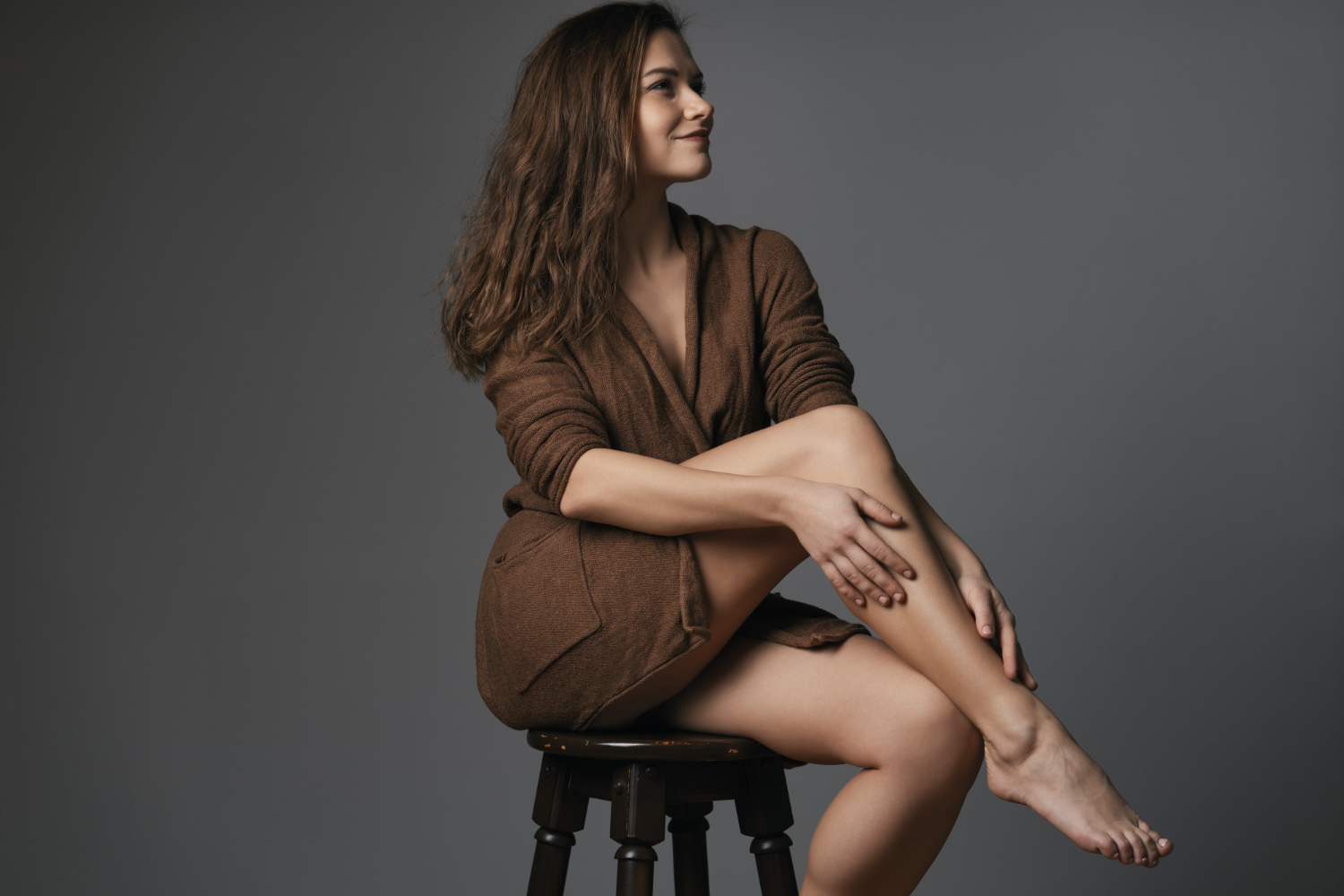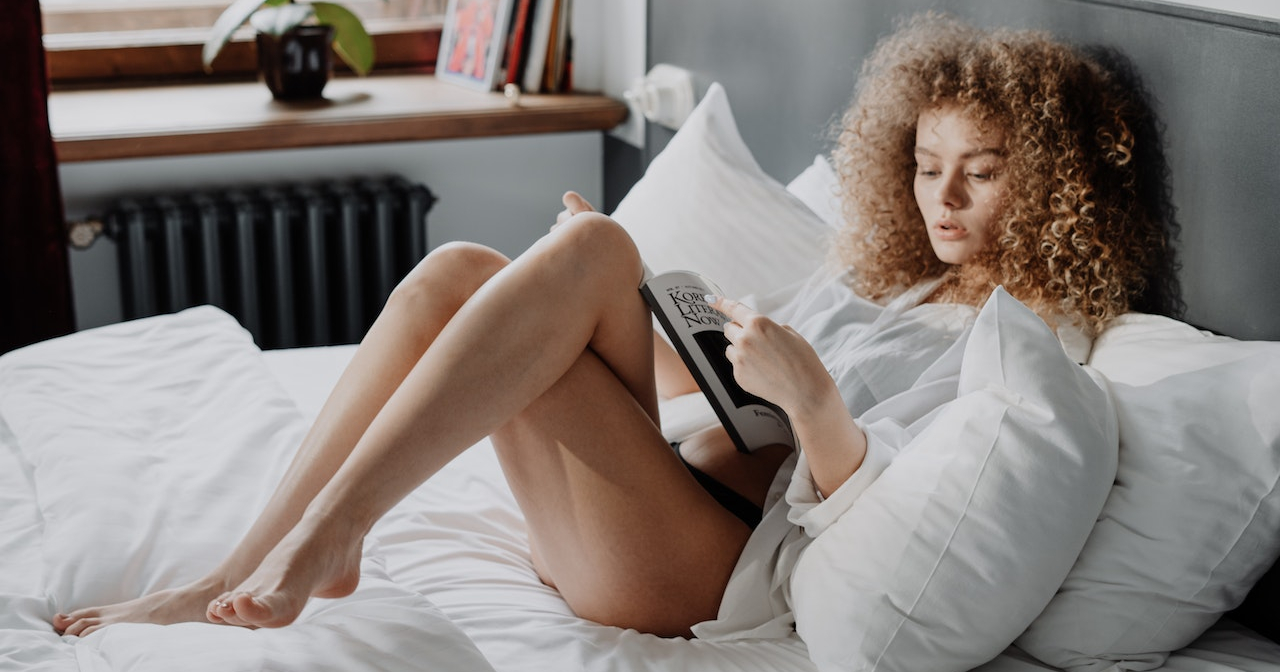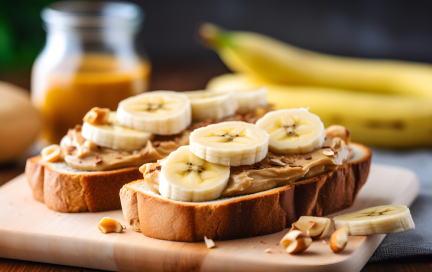{{ banner_block|raw }}
First things first: Can you target fat loss in your legs?
Not exactly. Spot-reducing fat from specific areas isn’t really how our bodies work. But here’s the good news: with the right combination of regular exercise and balanced nutrition, you can reduce overall body fat — and that includes your legs.
Leg workouts help by:
Strengthening and shaping your leg muscles
Boosting circulation (goodbye, bloating!)
Reducing the appearance of cellulite
Burning calories and improving endurance
In fact, studies have shown that resistance training — including bodyweight exercises — significantly improves body composition and reduces fat mass when combined with proper nutrition.

And when you move your body regularly, you’re not just sculpting a great lower body — you're supporting your joints, improving posture, and even keeping your immune system in check.
Why strong legs matter (Beyond Just Looks)
Legs aren’t just for aesthetics. They’re your foundation. Strong leg muscles help you move better, feel more stable, and power through everyday tasks — from carrying groceries to crushing a HIIT class. Plus, toned legs help take pressure off your lower back and knees, making your whole body function more efficiently.
And here's a bonus: the more muscle you build, the more calories you burn even at rest.
HIIT Workouts for Weight Loss and Muscle Growth – What's the Secret to Their Popularity?
Understanding the anatomy of leg muscles
To effectively train your legs, it's helpful to know which muscles you're targeting:
Quadriceps: These are the large muscles at the front of your thighs. They’re responsible for extending your knees and helping you stand, squat, and climb.
Hamstrings: Located at the back of your thighs, they help with knee flexion and hip extension — key movements in running and jumping.
Gluteus muscles: Your glutes support hip movement and help maintain posture. Strong glutes are essential for lower back health and athletic performance.
Calves (gastrocnemius and soleus): These muscles help you point your toes and push off the ground when walking or running.
Adductors and abductors: These muscles stabilize your hips and allow your legs to move side-to-side.
By working all these muscle groups, you not only build balanced strength but also improve mobility, coordination, and injury prevention.
Warm-up routines to prepare your legs
Before diving into any workout, warming up is a must. A proper warm-up boosts circulation, loosens up tight muscles, and gets your joints ready for action — reducing your risk of injury and improving performance.
Try this quick 5-minute leg-focused warm-up:
March in Place – 1 minute
Lift your knees high and swing your arms gently to get your blood flowing.Leg Swings – 30 seconds each leg
Hold onto a wall or chair and swing one leg forward and backward. Then switch legs.Hip Circles – 30 seconds each direction
Stand with hands on your hips and make big, slow circles to loosen your hips.Bodyweight Squats – 10 reps
Perform slow and controlled squats to activate the quads and glutes.Lateral Lunges – 10 reps (5 per side)
Step to the side and shift your weight over one leg, keeping the other straight.
This warm-up primes your muscles and joints for action — making your leg exercises more effective and safer.
Incorporating balance and stability drills
Adding balance work to your routine is a smart way to activate stabilizer muscles and improve coordination. This can help prevent injuries, especially around the knees and ankles, and enhance overall athletic performance.
Try incorporating these drills:
Single-Leg Stand: Stand on one leg for 30 seconds, then switch. To make it harder, close your eyes or stand on a cushion.
Toe-to-Heel Walk: Walk in a straight line by placing the heel of one foot directly in front of the toes of the other. Do 2–3 rounds.
Balance Lunge Hold: Hold the bottom position of a lunge for 10–15 seconds before switching legs.
Bird-Dog: From a tabletop position, extend opposite arm and leg, hold, then switch. Do 10 reps per side.
These simple moves can make a big difference in control, posture, and performance.

Simple leg exercises at home to get you started
No fancy gym required — just your body, a little space, and some determination.
1. Bodyweight Squats
The king of leg exercises. Squats work your quads, hamstrings, glutes, and core.
How to: Stand with feet shoulder-width apart, lower into a squat like you’re sitting back in a chair, then push back up.
Start with 3-4 sets of 10–15 reps.
2. Forward Lunges
Lunges are great for thighs, glutes, and improving balance.
How to: Step forward with one leg, bending both knees to 90 degrees. Push back to standing and switch sides.
Aim for 10–15 reps per leg, 3-4 sets.
3. Calf Raises
Want defined calves? This one’s easy and effective.
How to: Stand tall, then lift your heels and rise onto your toes. Lower slowly.
Do 3–4 sets of 10–15 reps.
4. Jump Squats (aka Power Jumps)
Add some cardio and explosive power.
How to: Start in a squat, then jump up as high as you can, landing softly back in squat position.
Repeat 10–15 times.
5. Wall Sits
Great for endurance and strength.
How to: Lean against a wall and slide down until your knees are at 90 degrees. Hold for 30–60 seconds.
Repeat 3–4 times.
6. High Knees (Running in Place)
Quick cardio that gets the blood flowing.
How to: Jog in place while lifting your knees toward your chest.
Go for 1–2 minutes per set.
7. Bicycle Crunches
Okay, this one’s more for the core, but it helps shape the whole lower body.
How to: Lie on your back, bring opposite elbow to opposite knee, and “pedal” your legs.
Do 30–60 seconds for 3–4 rounds.
Stretching techniques to enhance flexibility
Stretching after your workout is key to increasing flexibility, preventing stiffness, and aiding recovery. It also helps maintain a healthy range of motion in the joints.
Here are some post-workout stretches to include:
Standing Quad Stretch: Pull one foot toward your glutes while standing. Hold for 20–30 seconds per leg.
Hamstring Stretch: Sit on the floor with one leg extended. Reach toward your toes. Hold for 30 seconds each side.
Seated Figure Four Stretch: Sit with one ankle over the opposite knee and gently press down on the raised knee. Hold for 20–30 seconds.
Calf Stretch: Stand facing a wall with one foot behind you, heel down. Press into the wall to feel the stretch in your calf. Switch legs after 20–30 seconds.
Breathe deeply through each stretch and avoid bouncing. Gentle and steady wins the race! Want expert guidance and flow-based mobility? Try the Tone & Stretch program by Mish Naidoo — perfect for building long, lean muscles with intention and grace.

Pro tips for safer & smarter workouts
Warm up first: A few minutes of light movement (jumping jacks, marching in place) helps prepare your muscles.
Focus on form: Good technique beats high reps. Quality over quantity always.
Stretch it out: After your workout, stretch your hamstrings, calves, and hips to help recovery and flexibility.
Progress gradually: Increase reps, sets, or add weights over time — but listen to your body.
And if you're new to fitness or have any medical concerns, check with a doctor or certified trainer before diving in.
More ways to sculpt lean legs
Nutrition matters.
No surprise here — your diet plays a huge role. Focus on whole foods, lean protein, veggies, and cut back on ultra-processed snacks and sugar. Hydration also helps reduce water retention and bloating.
Cardio is your friend.
Cardio workouts like brisk walking, cycling, dancing, or jump rope help burn fat, especially when done consistently.
Try yoga or Pilates.
These styles of movement help tone your legs, improve flexibility, and build endurance — without putting too much stress on the joints.
Don’t forget variety.
Change up your workouts every couple of weeks to keep your muscles challenged and avoid hitting a plateau.
✅ Eat well. Train regularly. Stay consistent. You’ve got this.
🎉 Ready to take the next step? Get 70% OFF your StarFit subscription with our exclusive promo MEDIUM!
Access expert-led programs, track your progress, and build the body (and lifestyle) you deserve — all in one place.
Don’t wait — the offer won’t last forever!
















